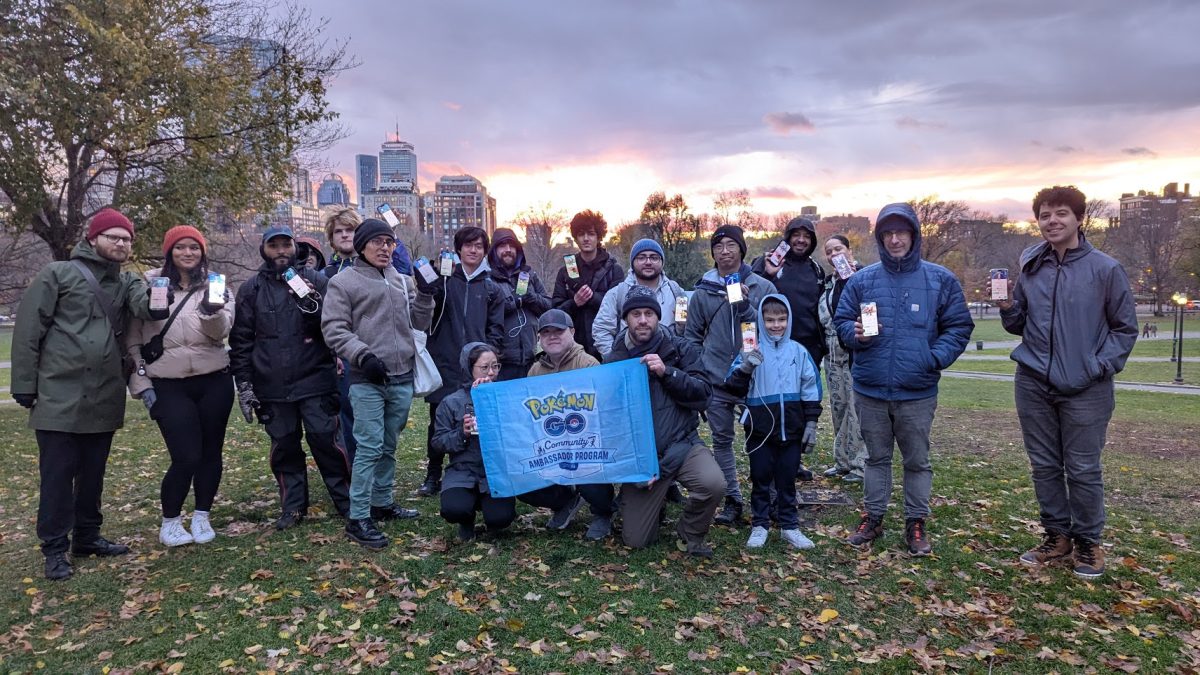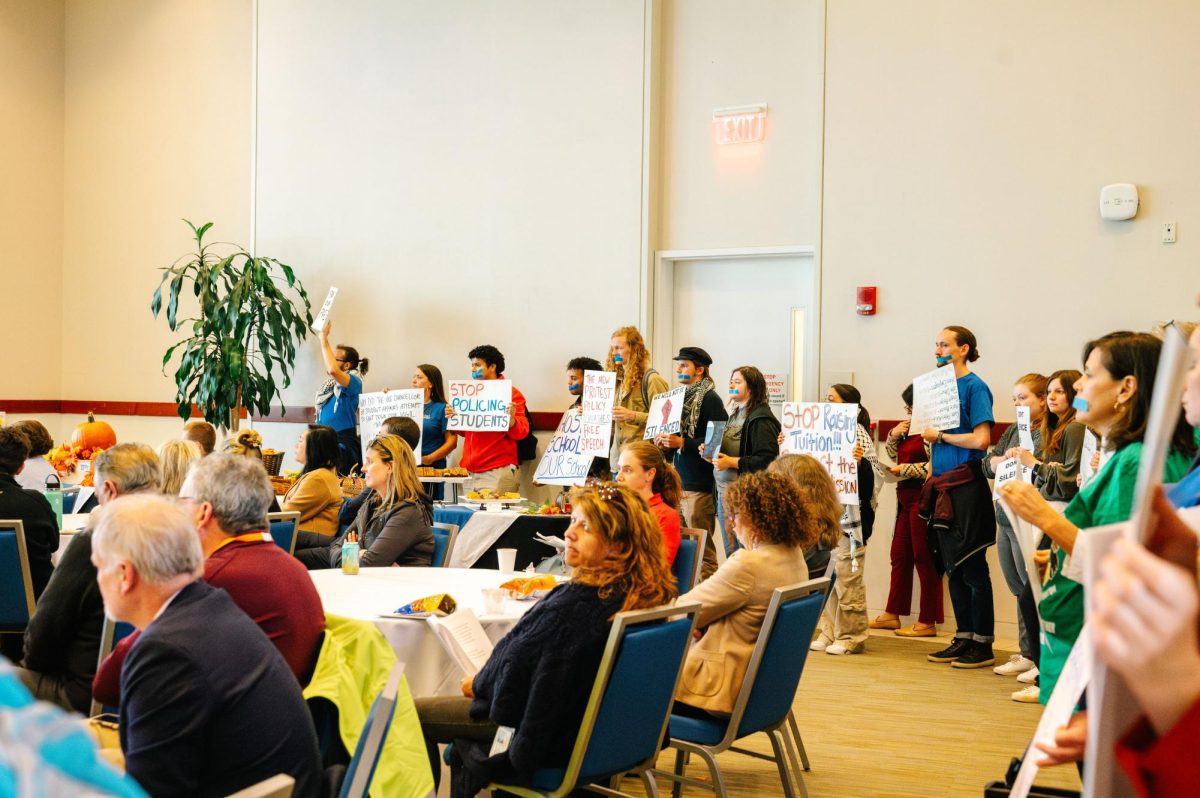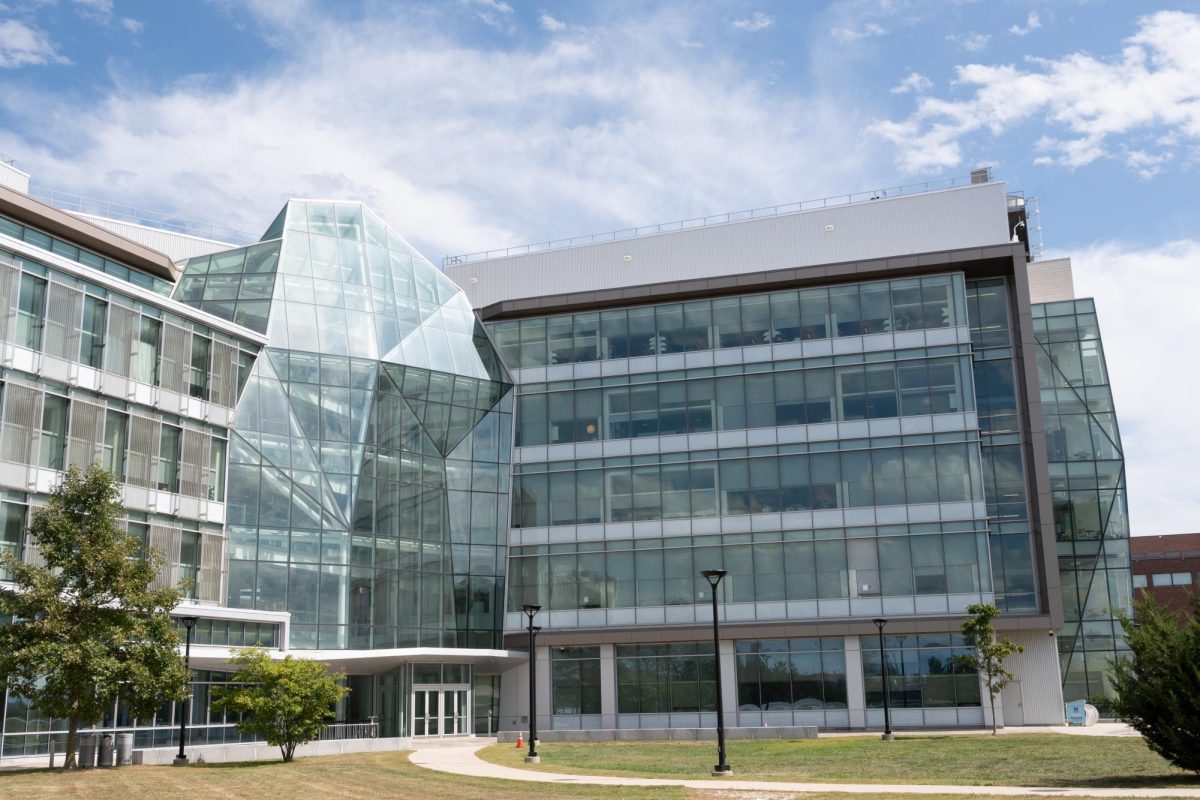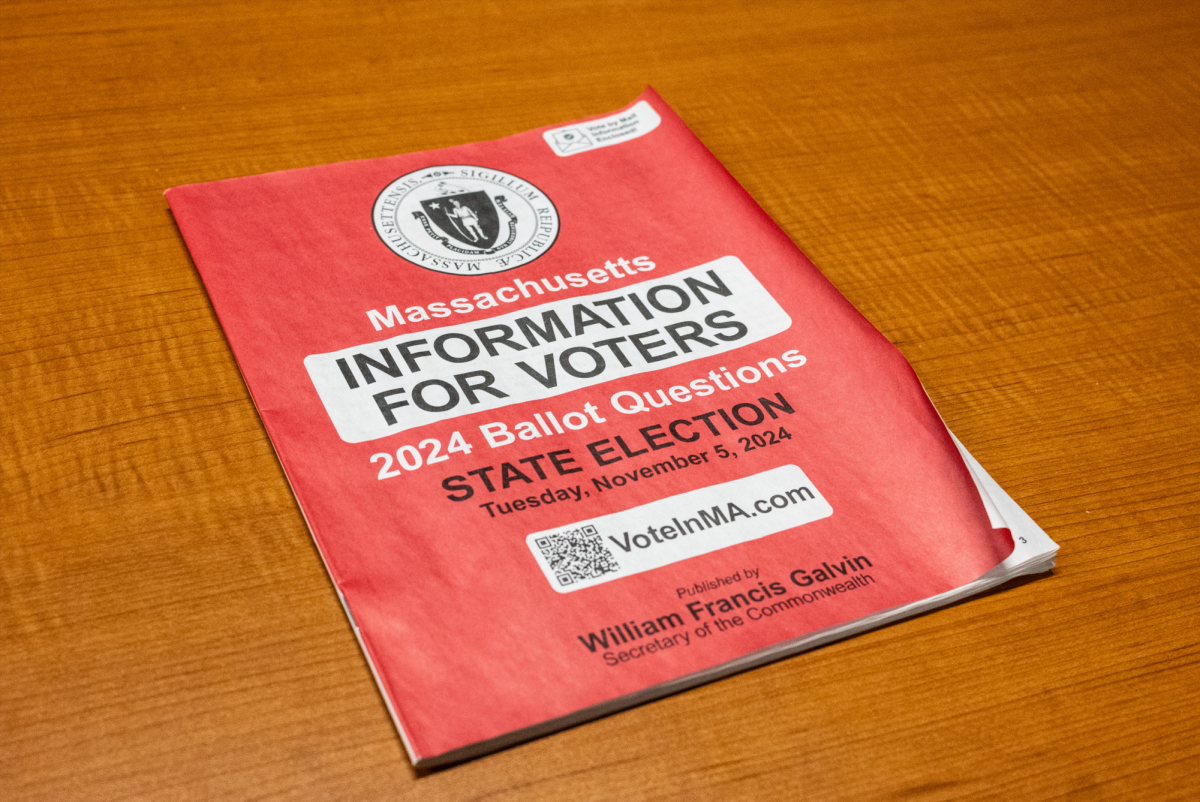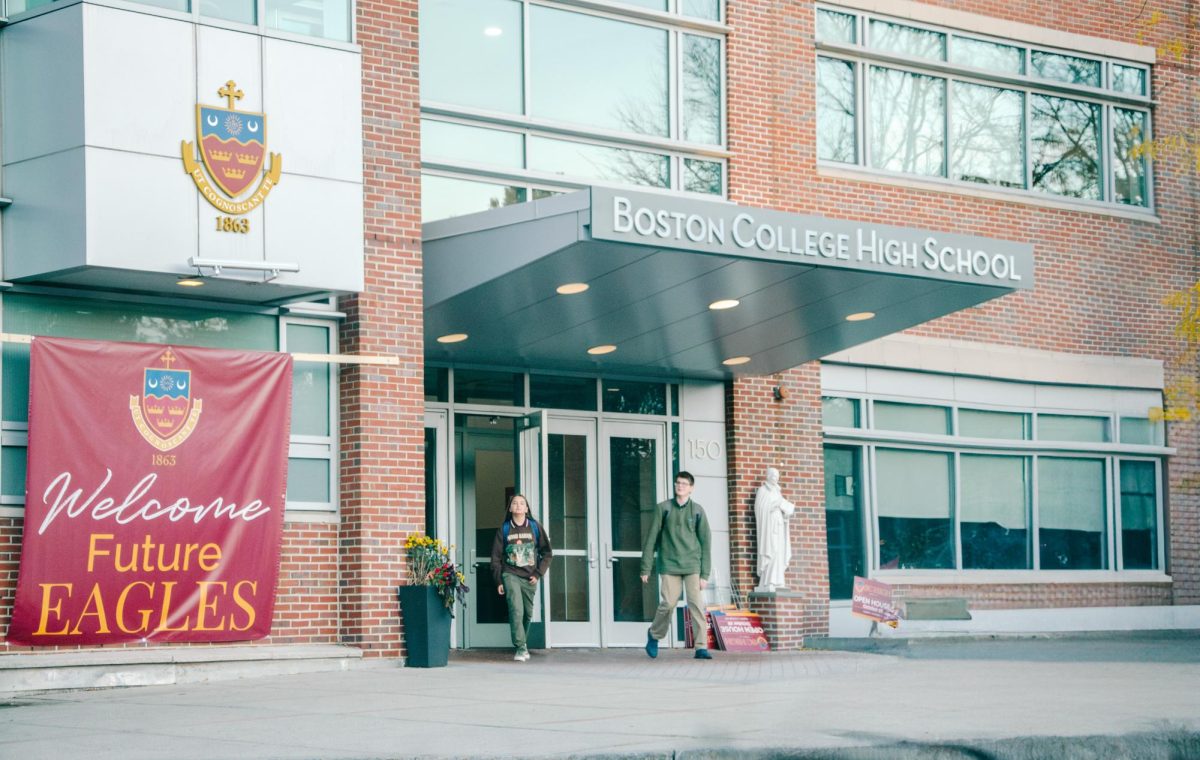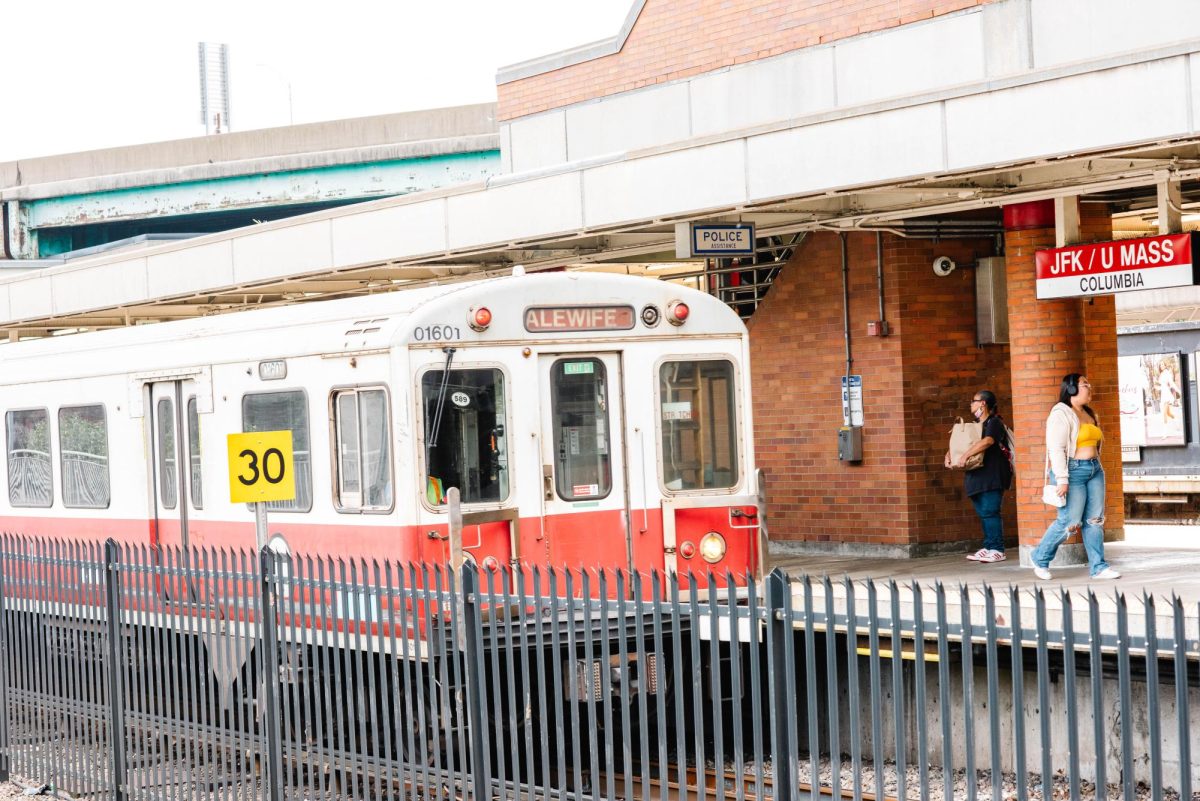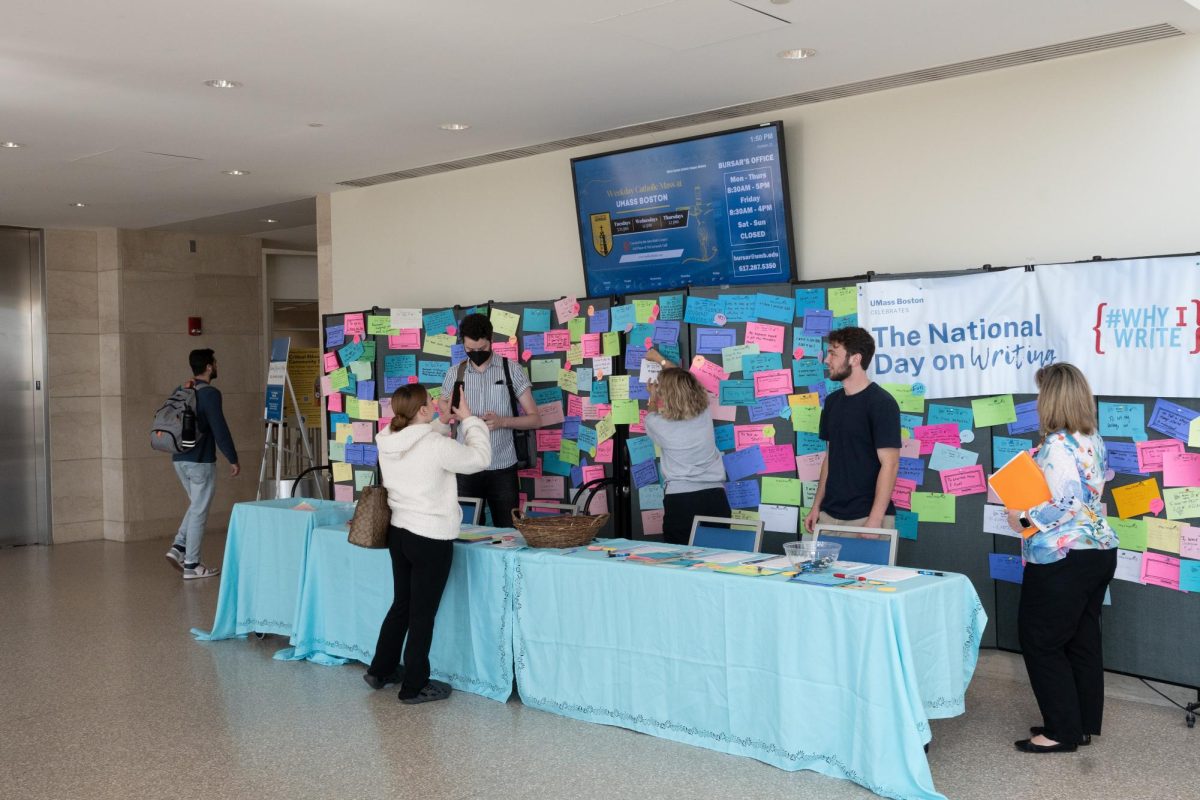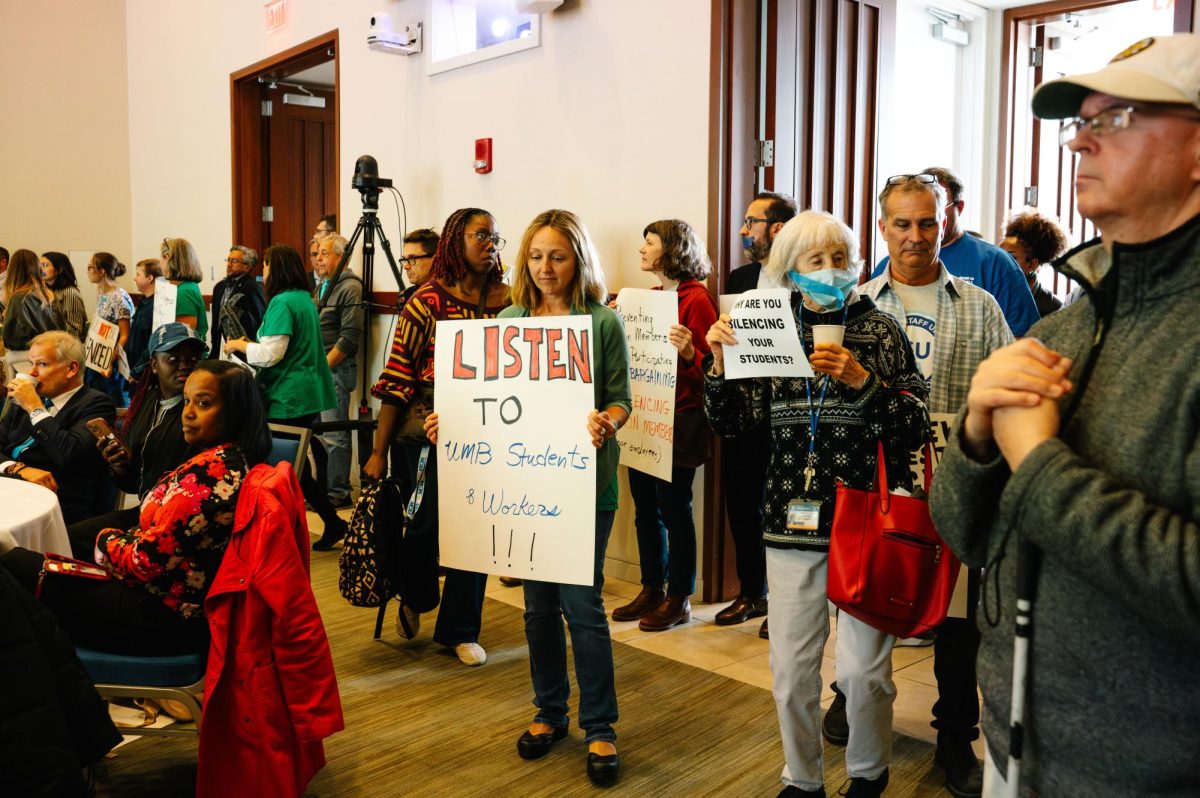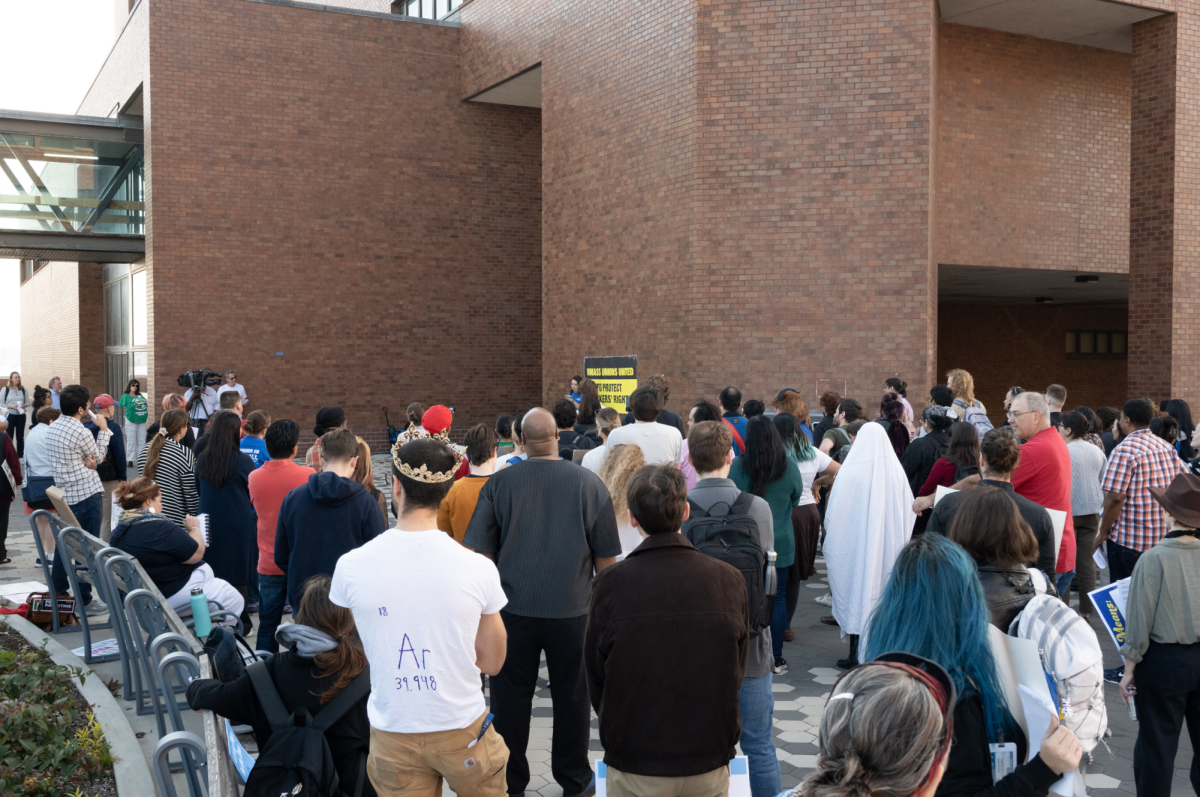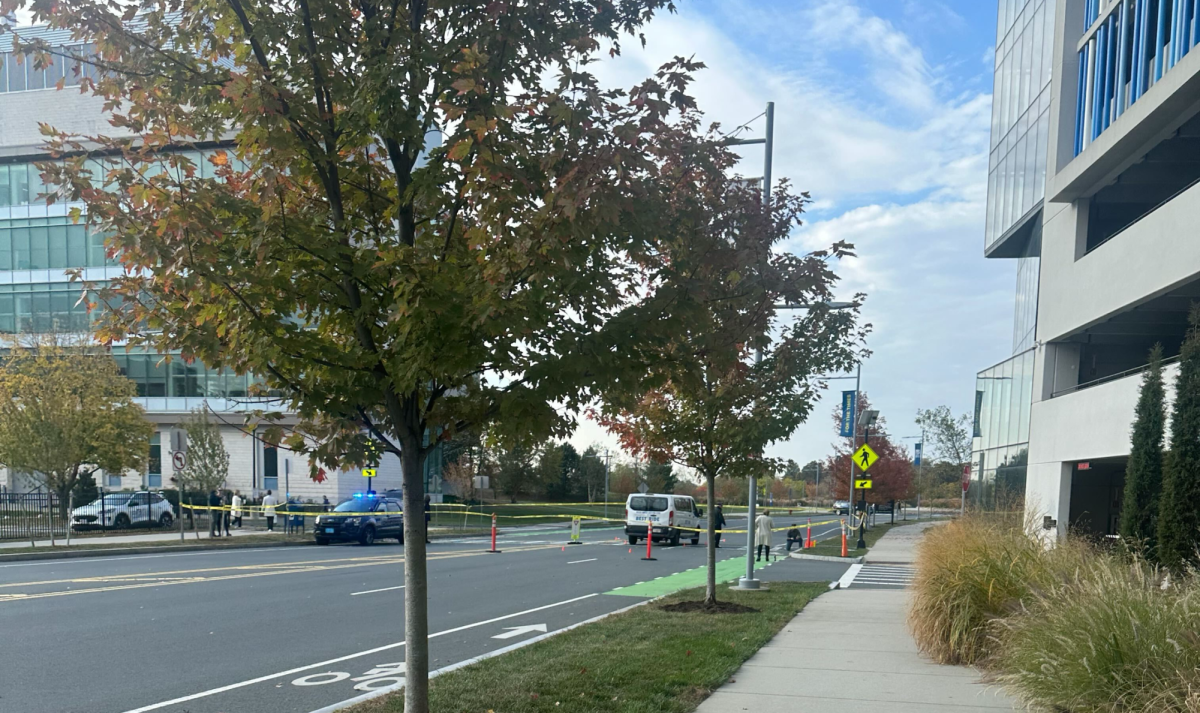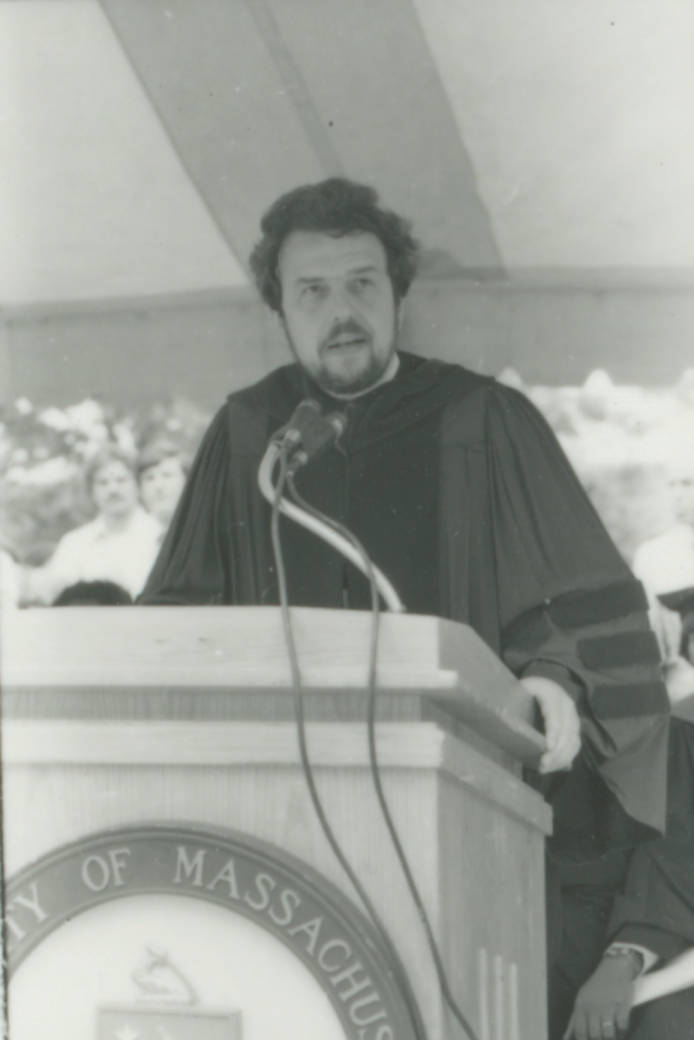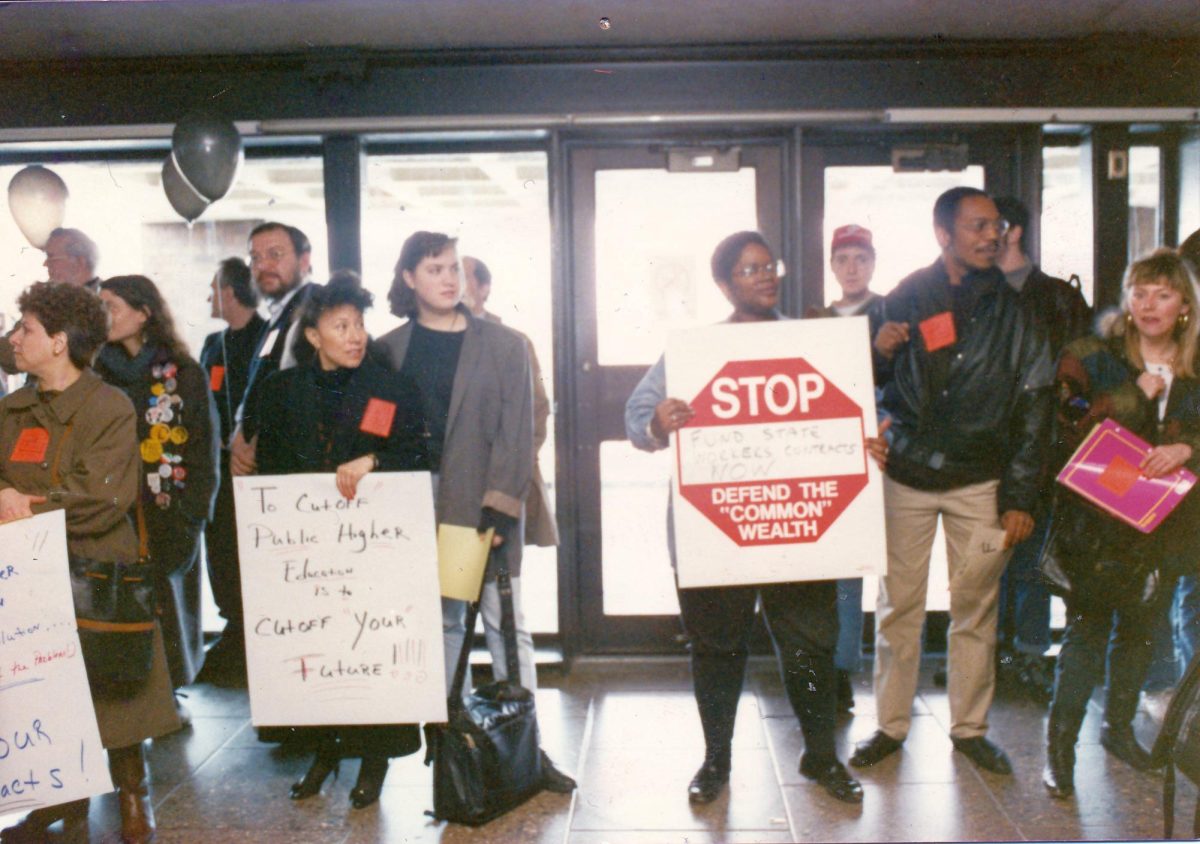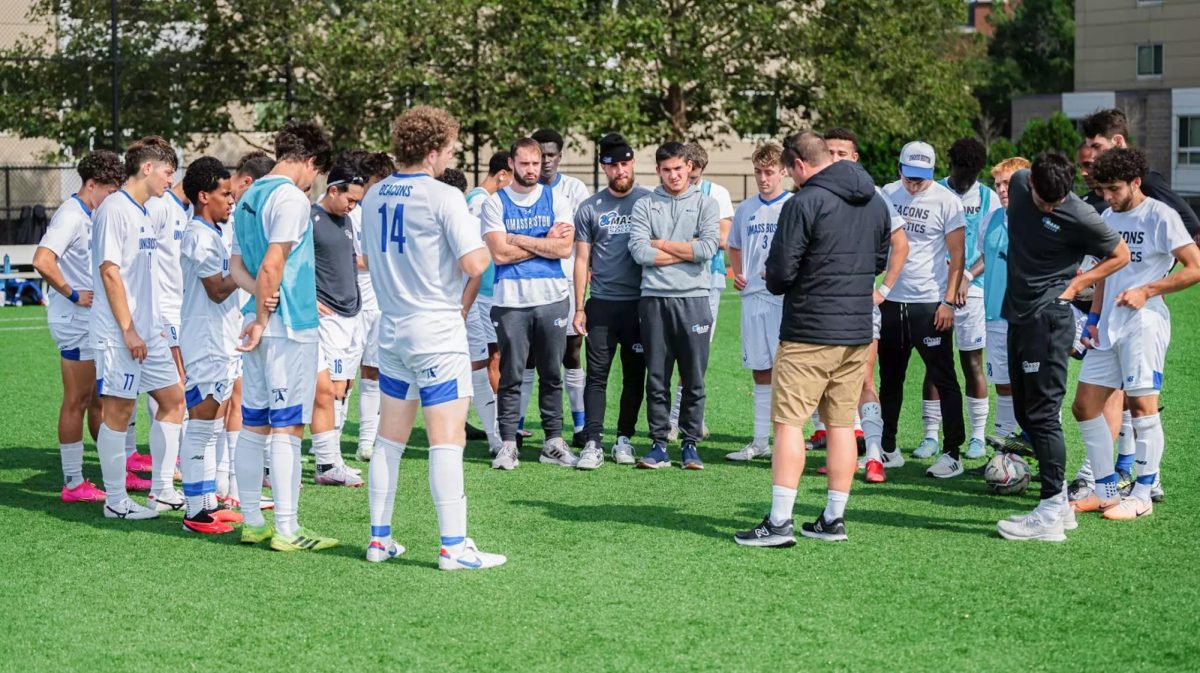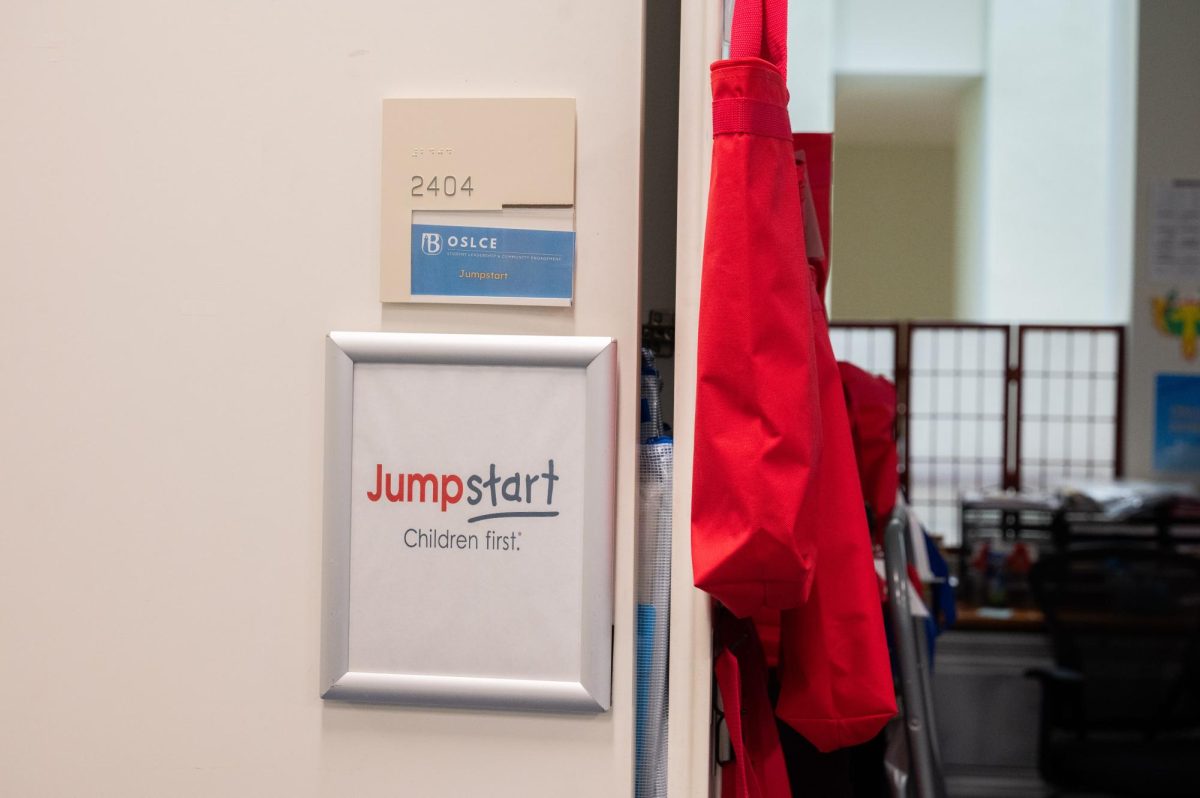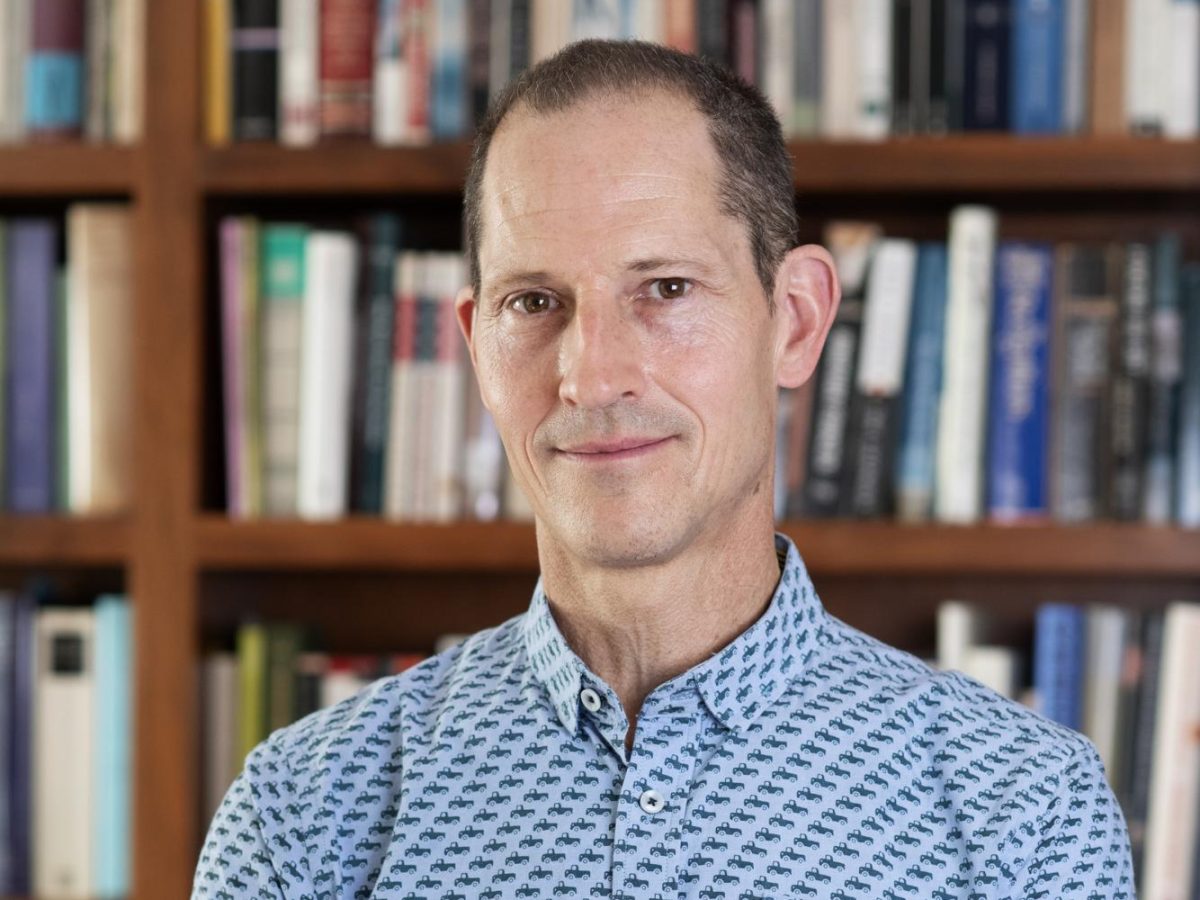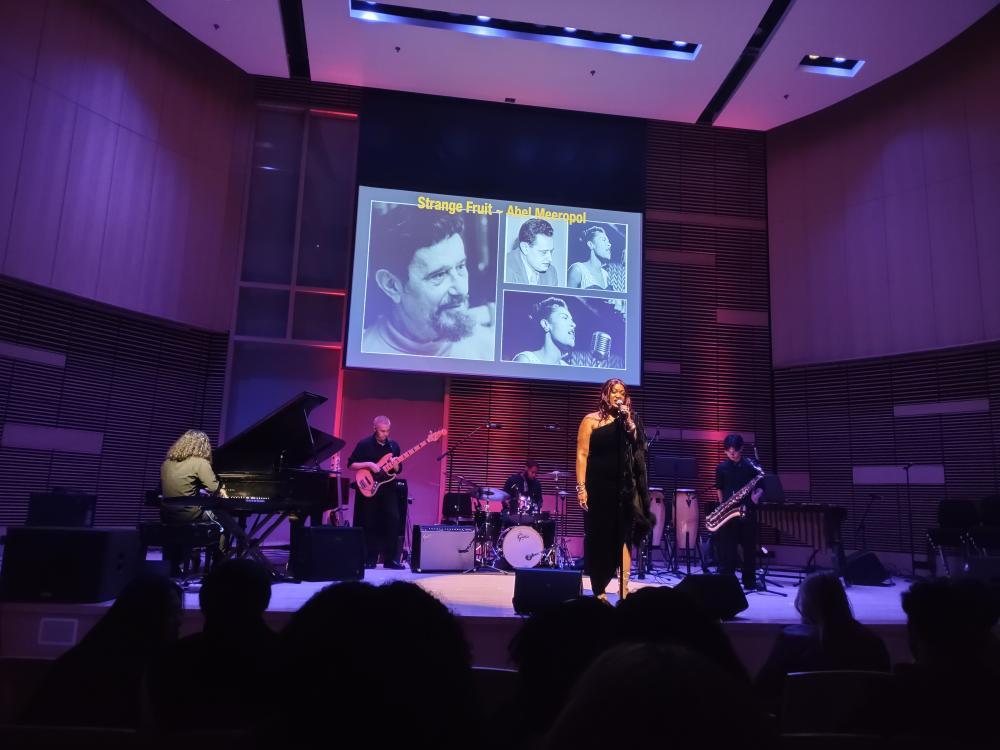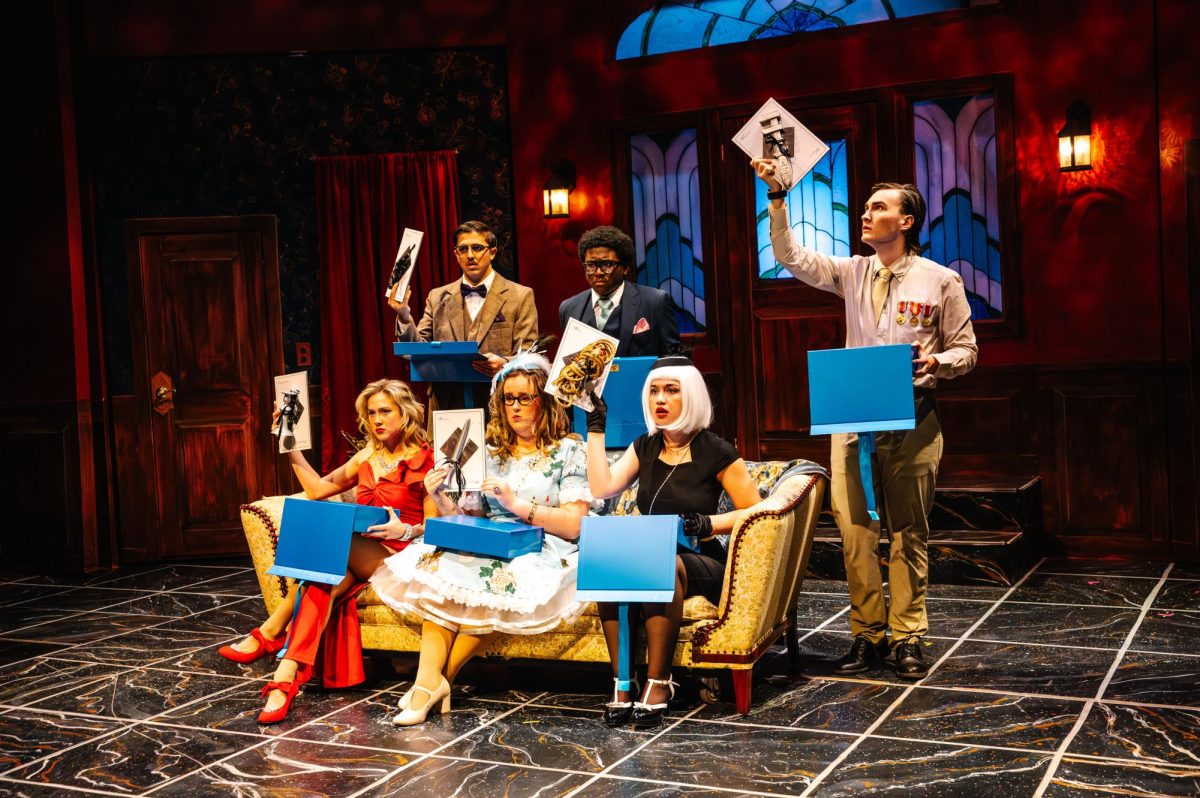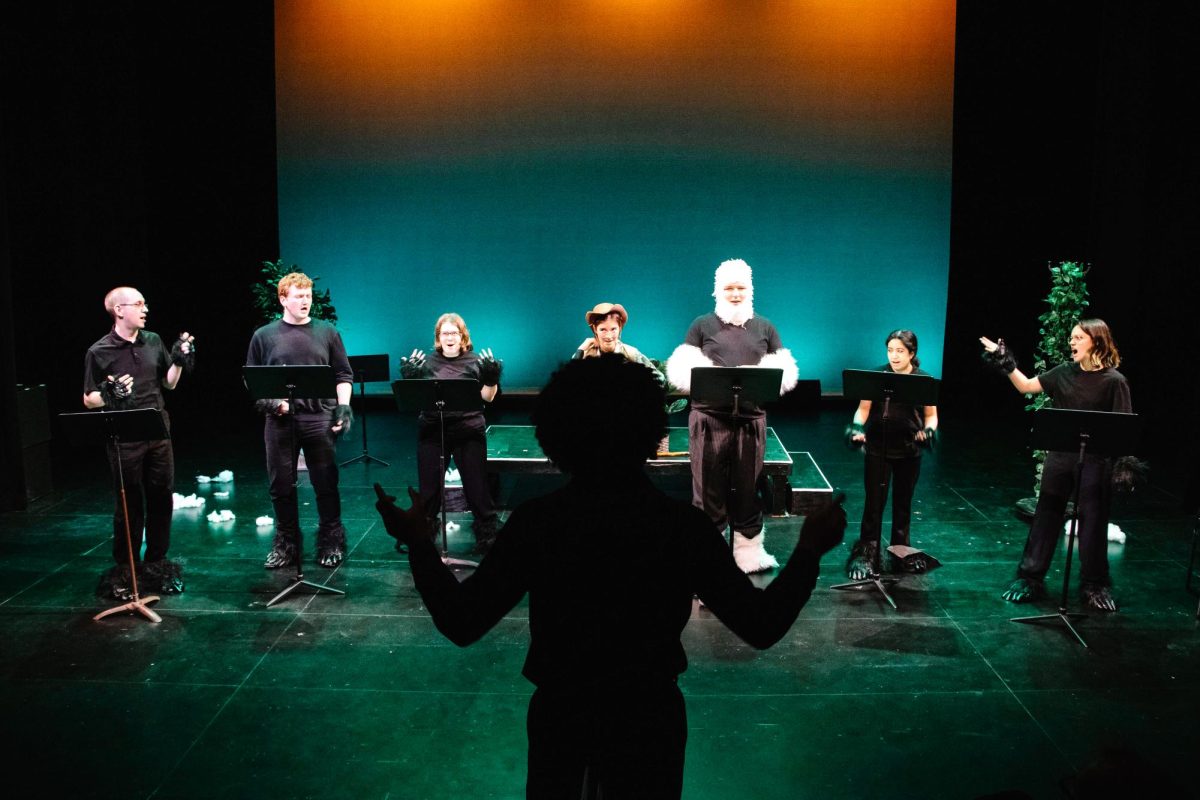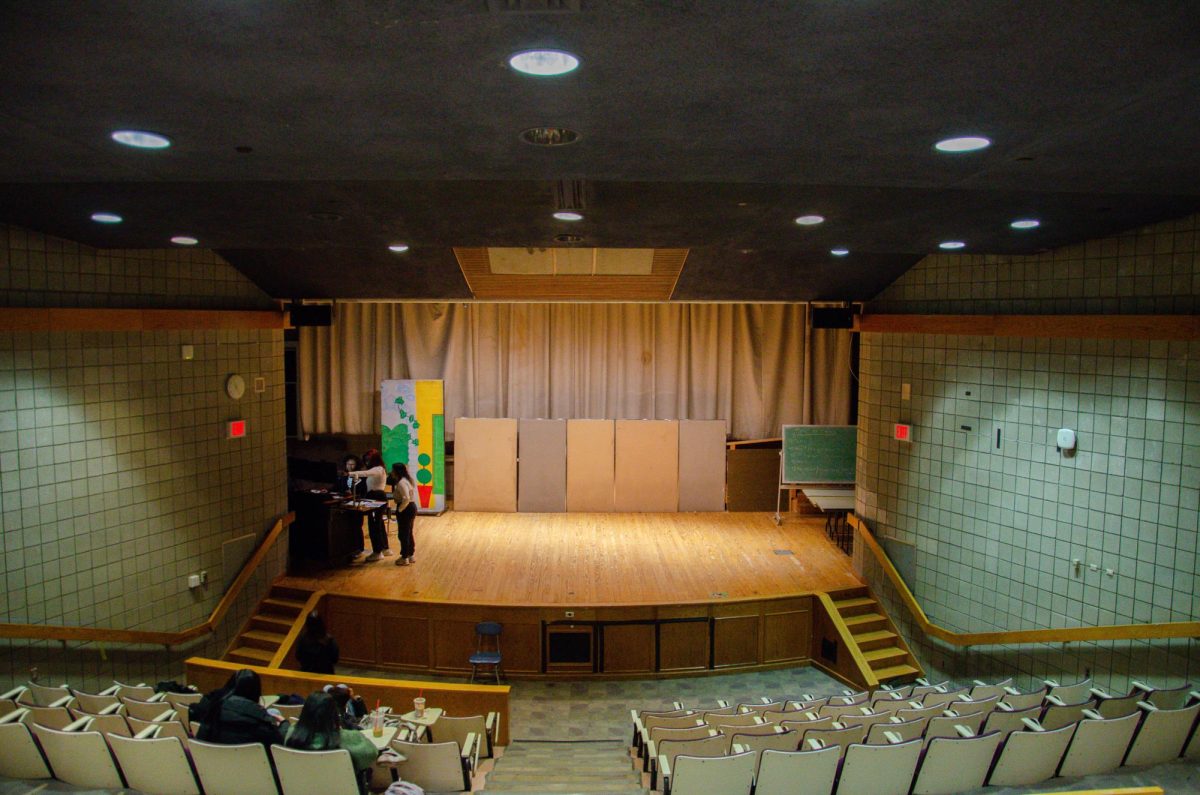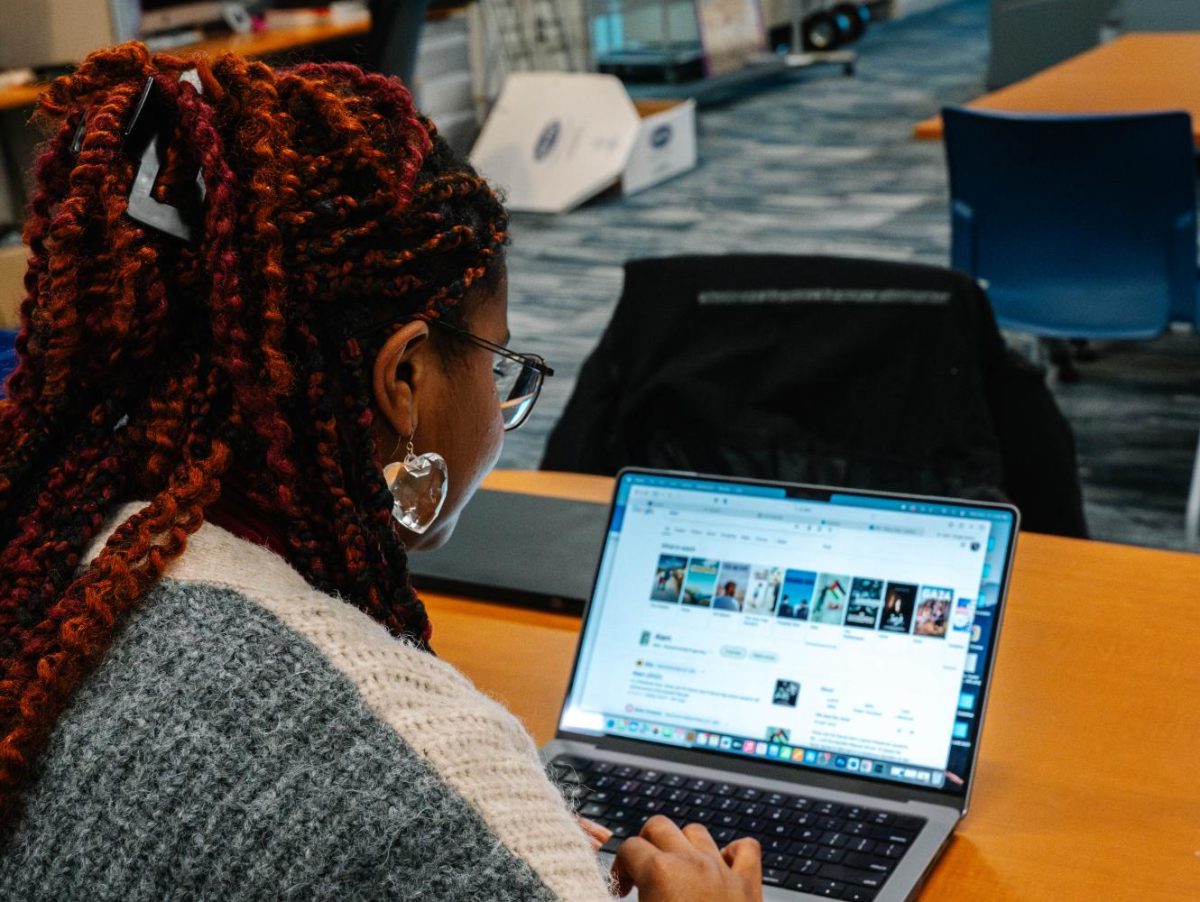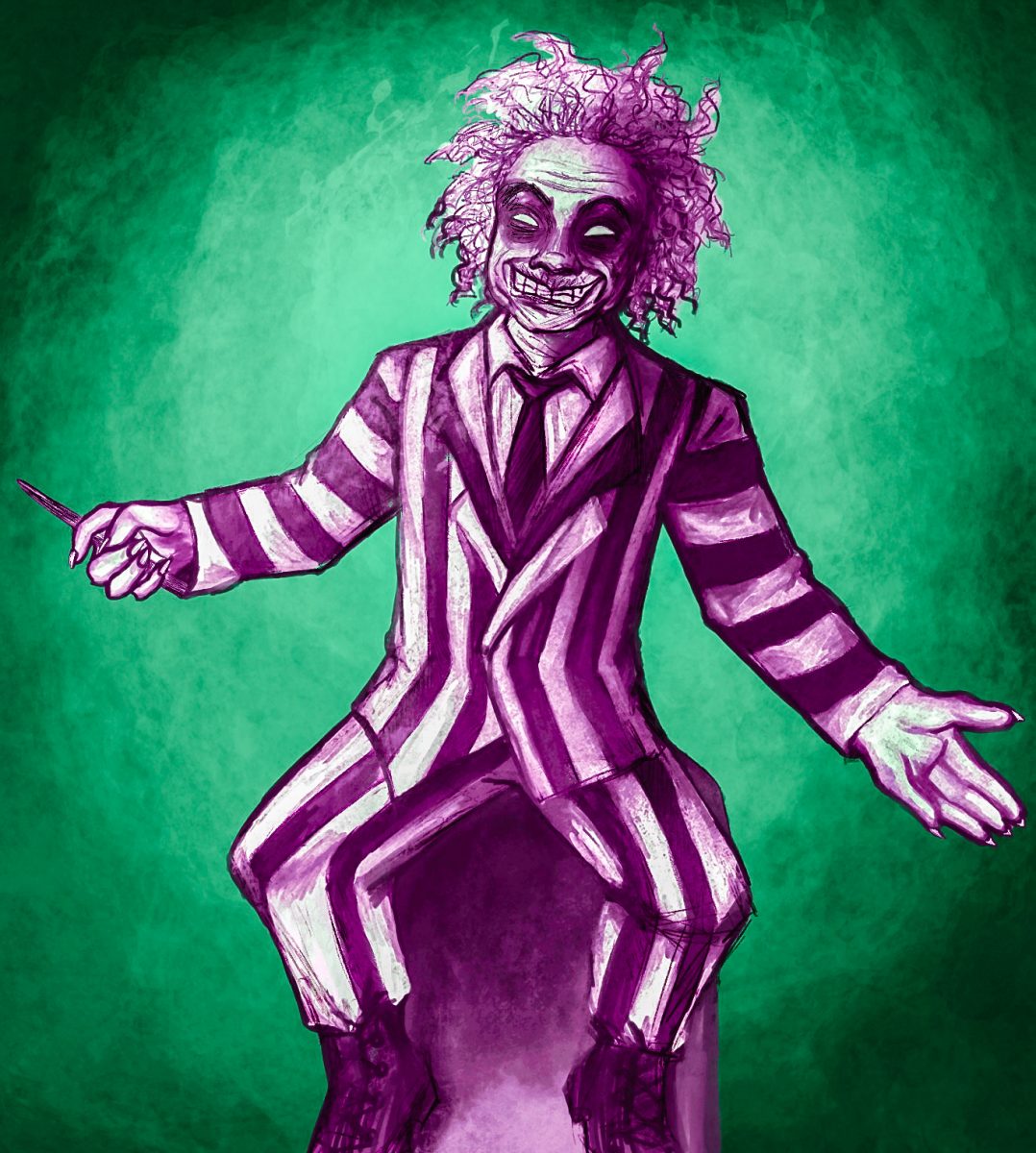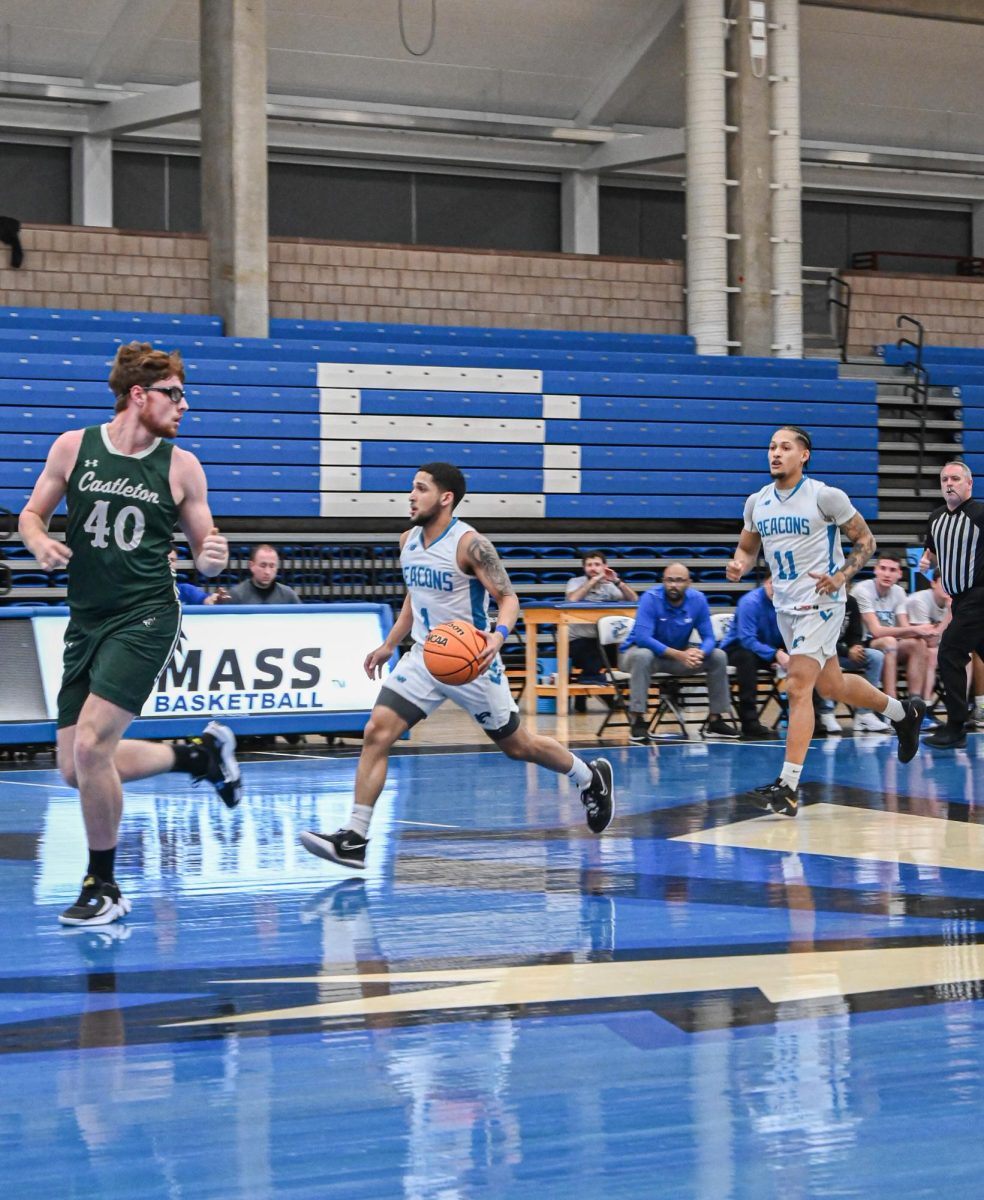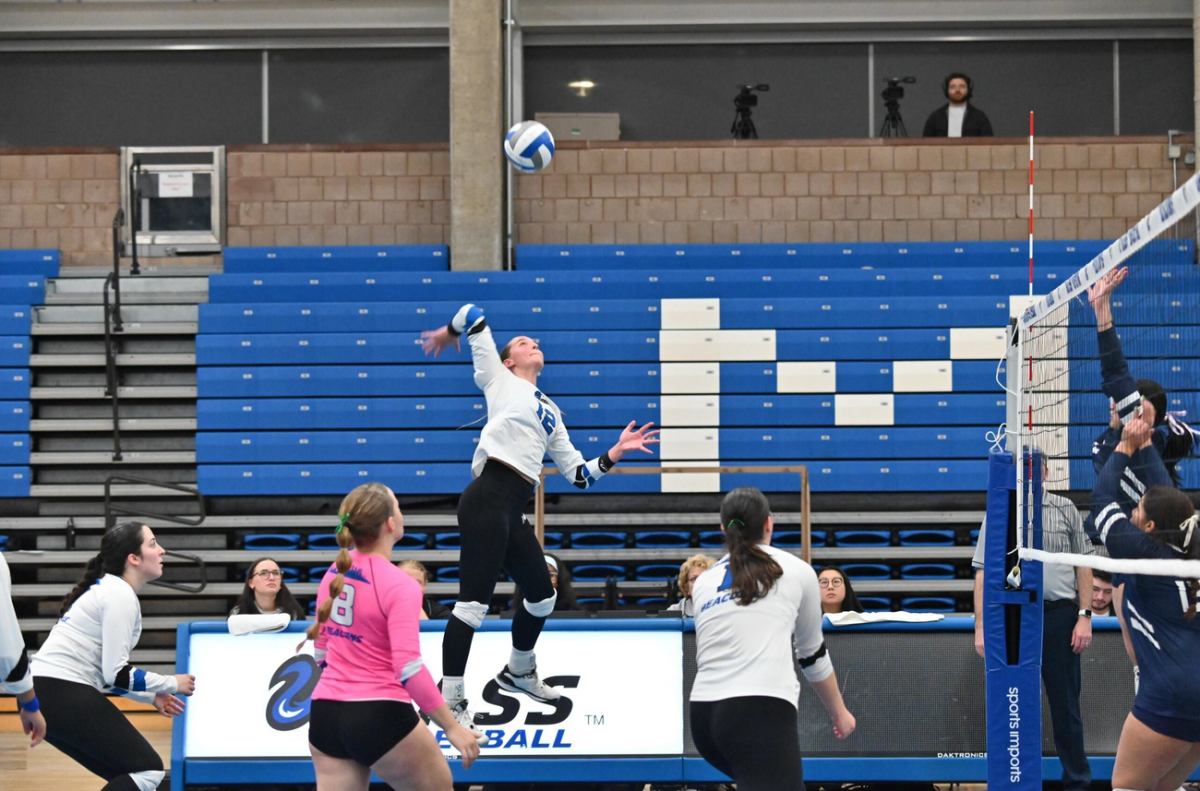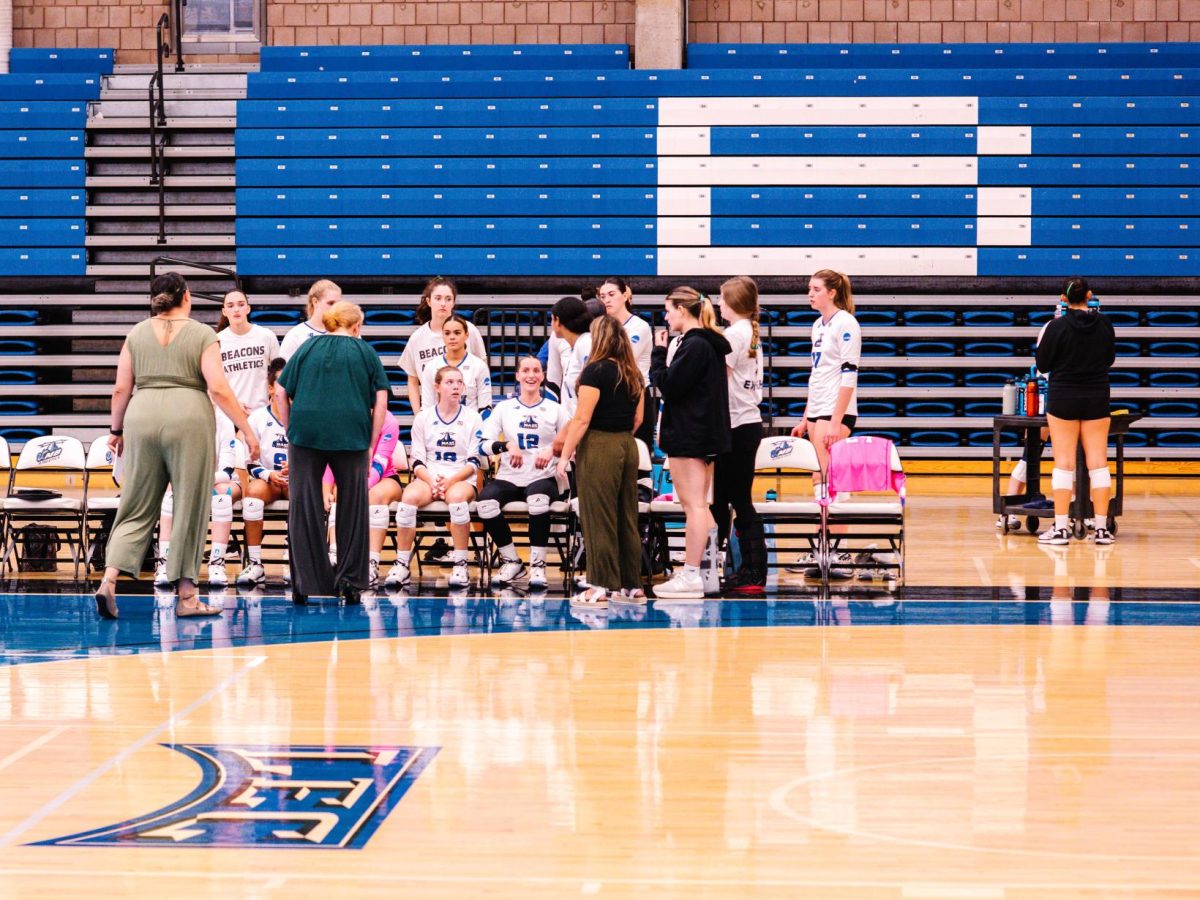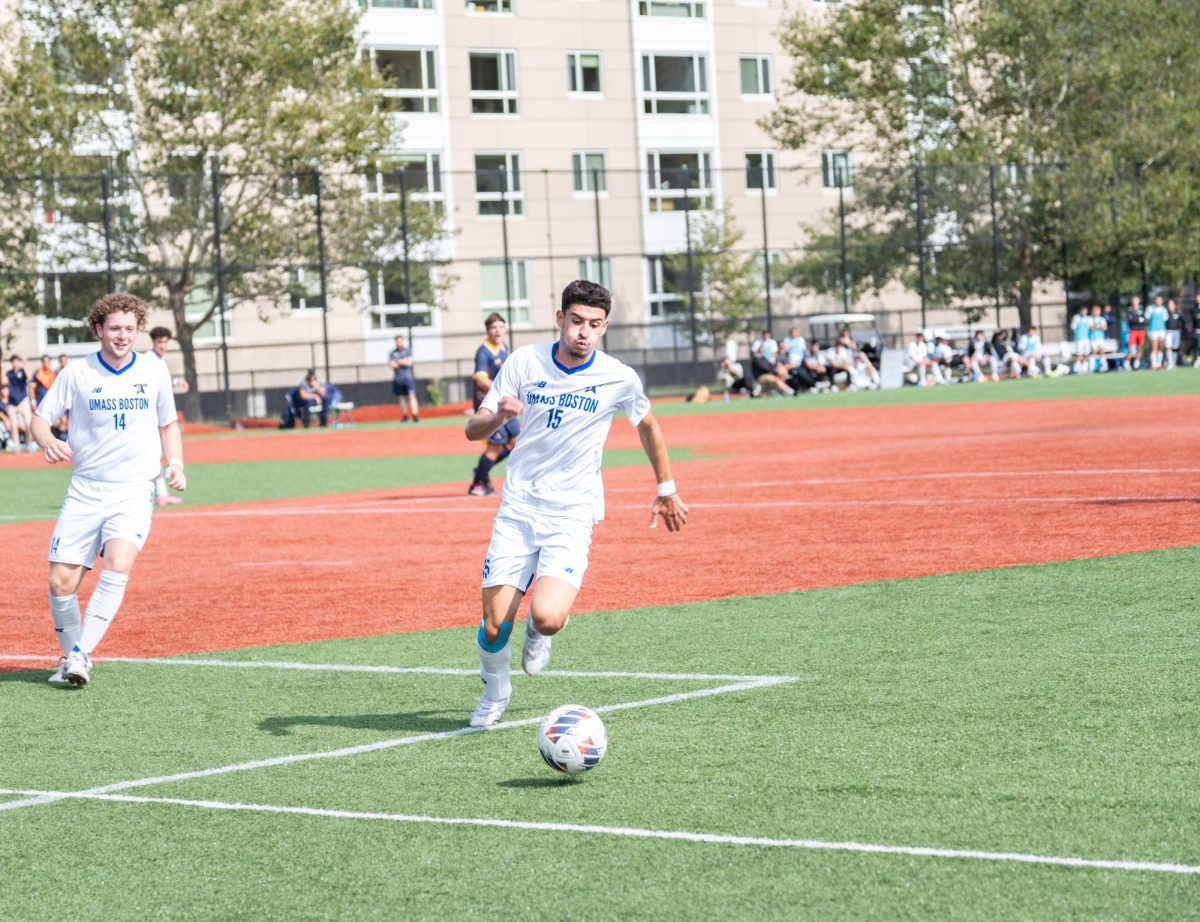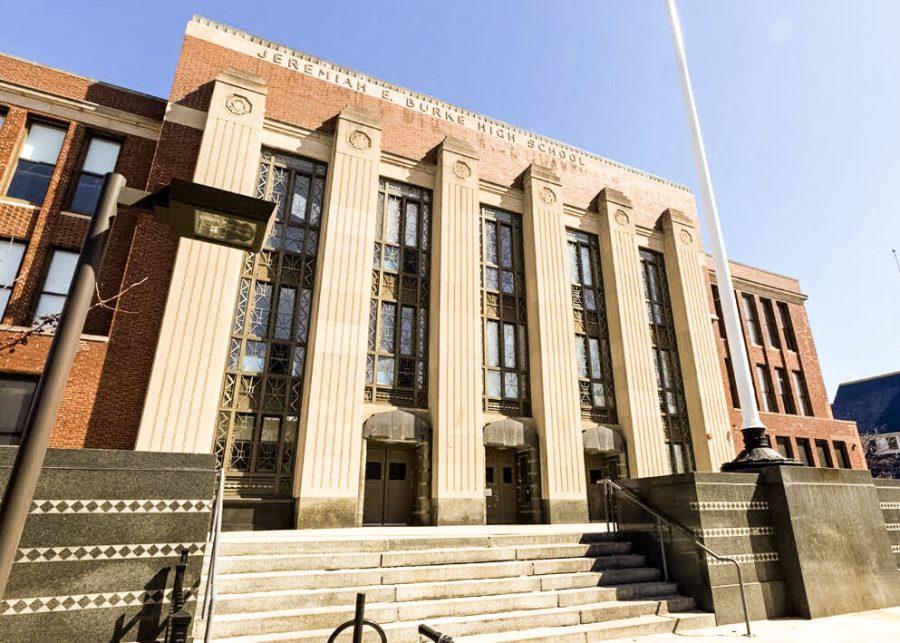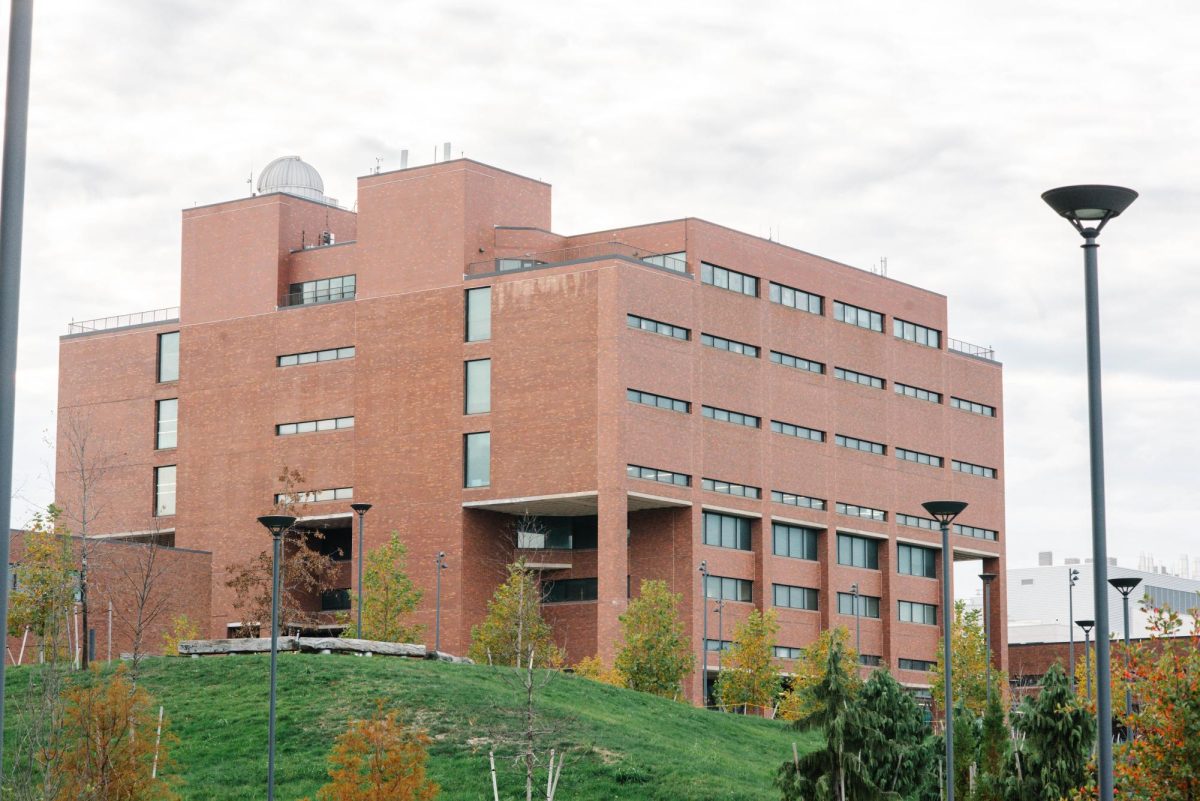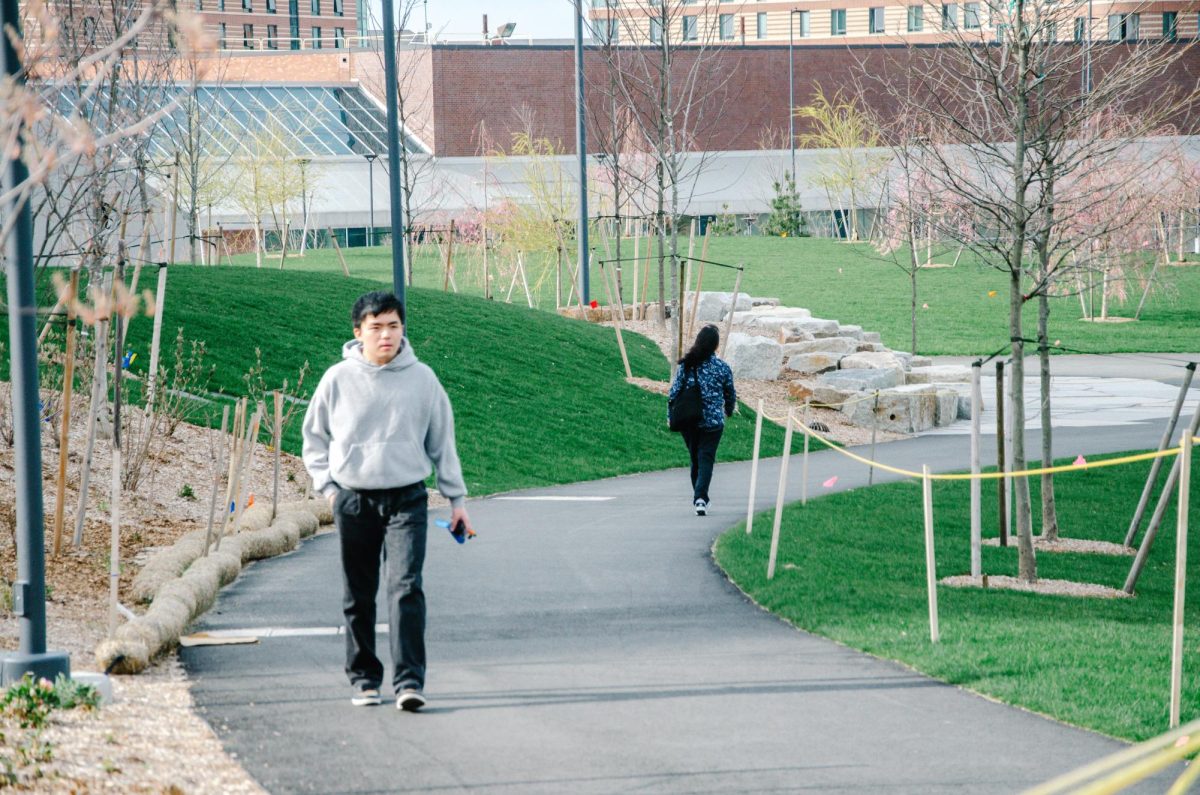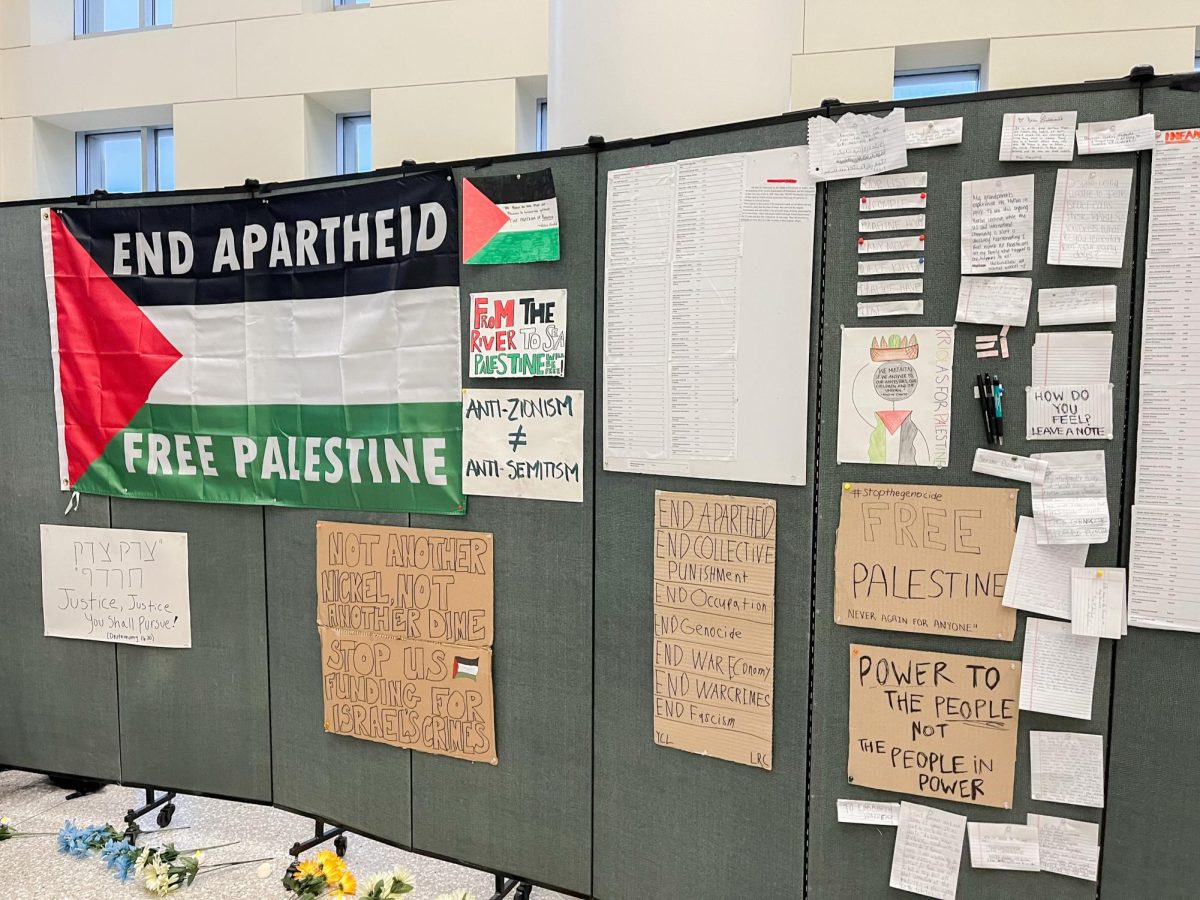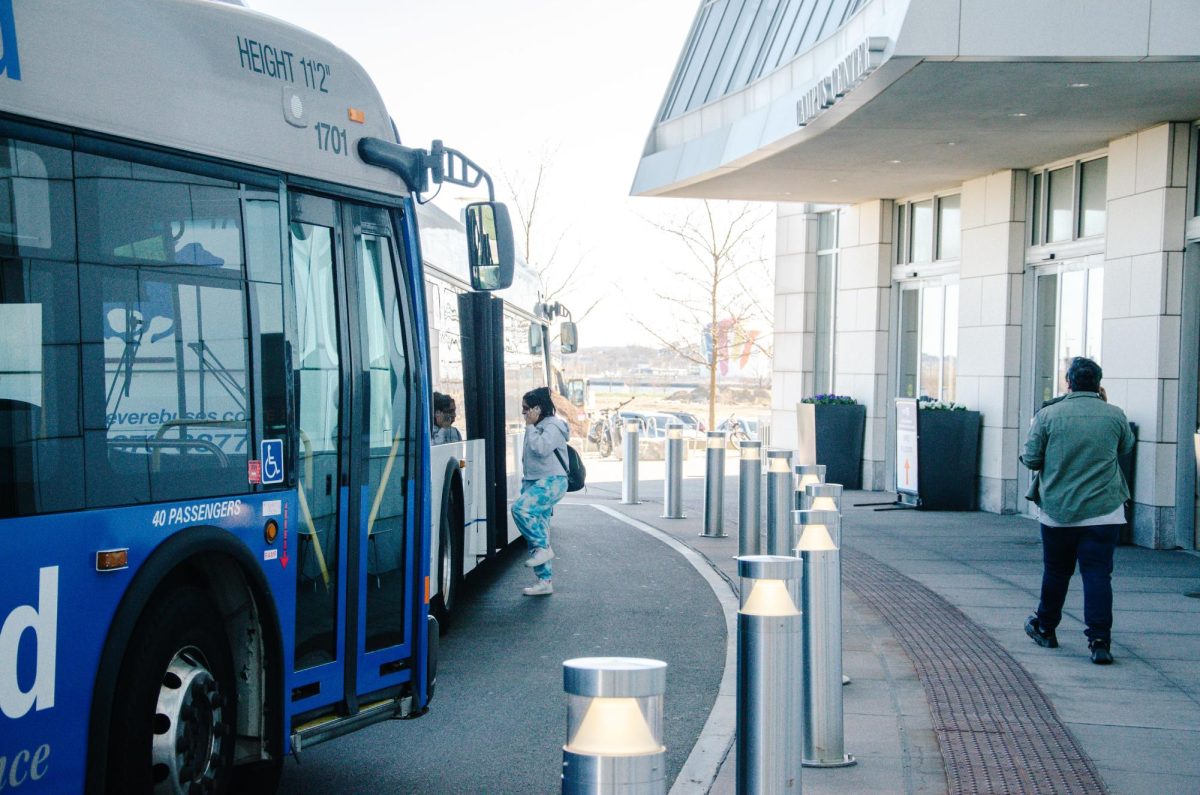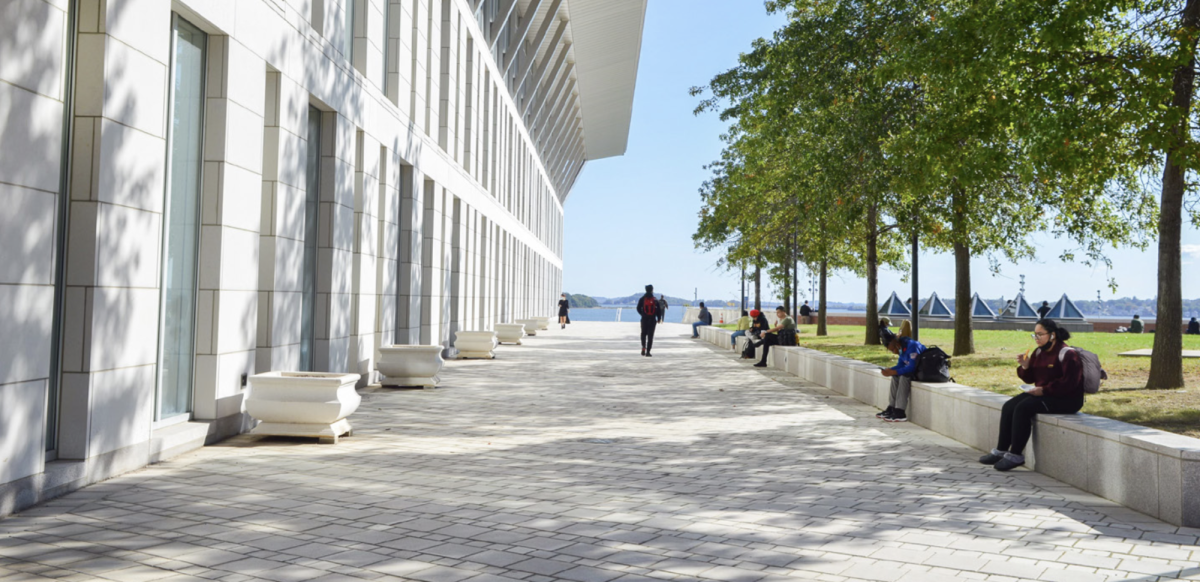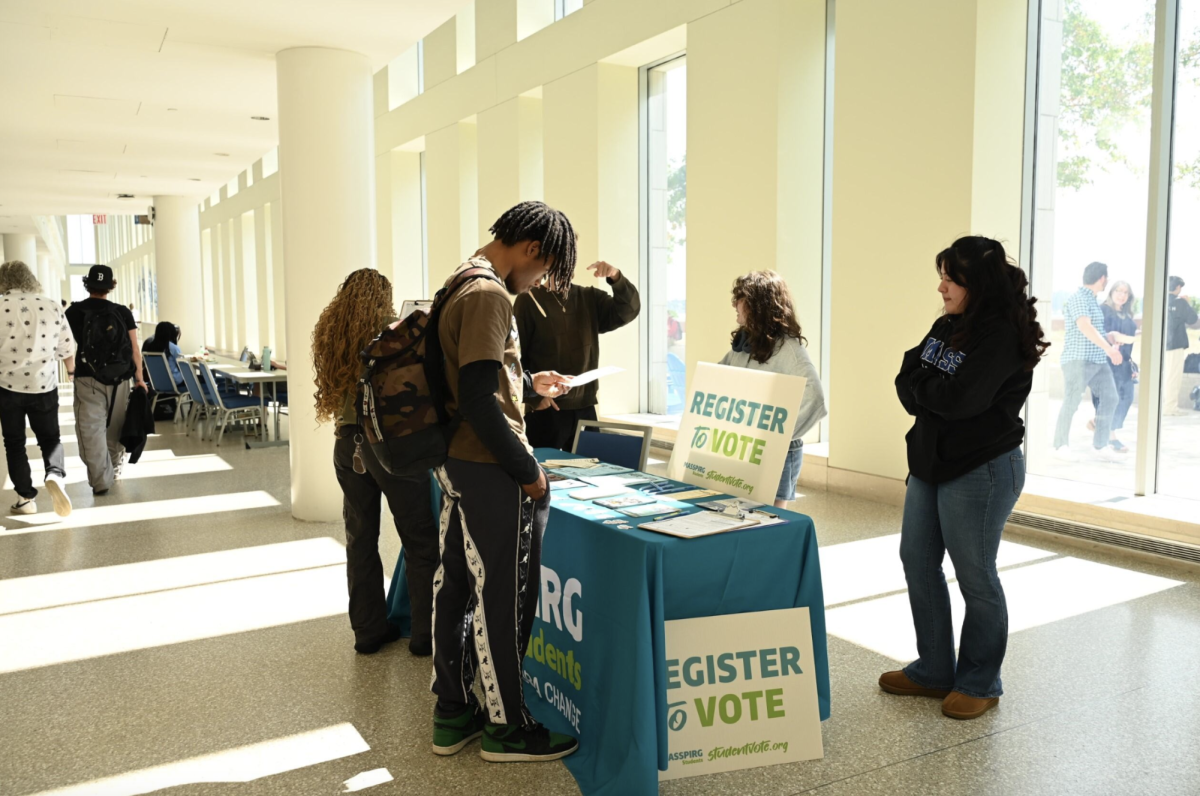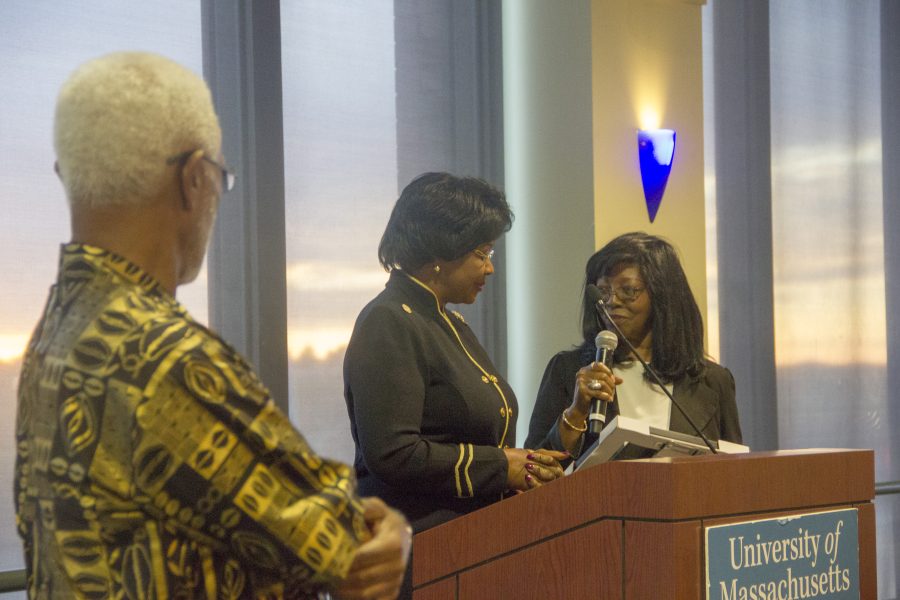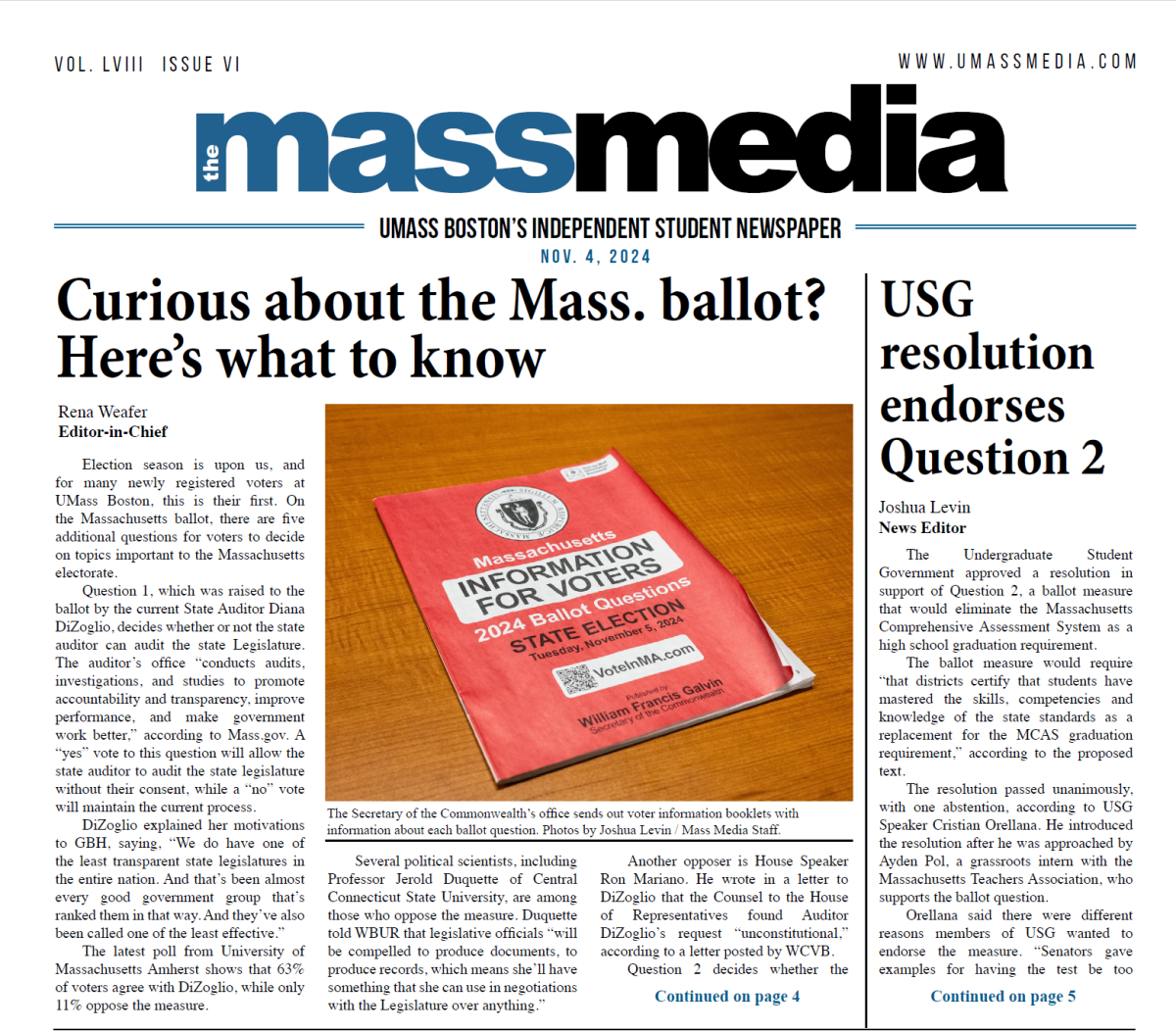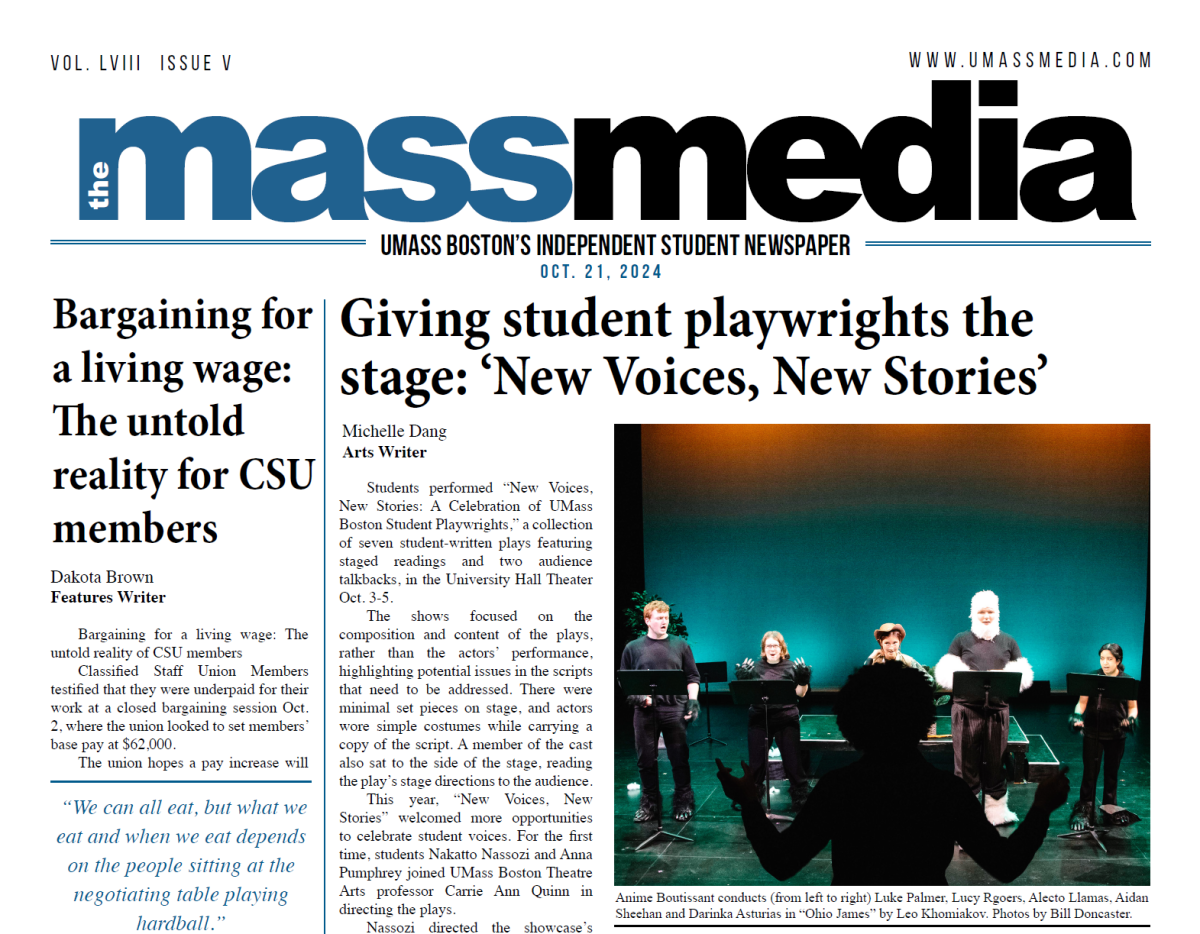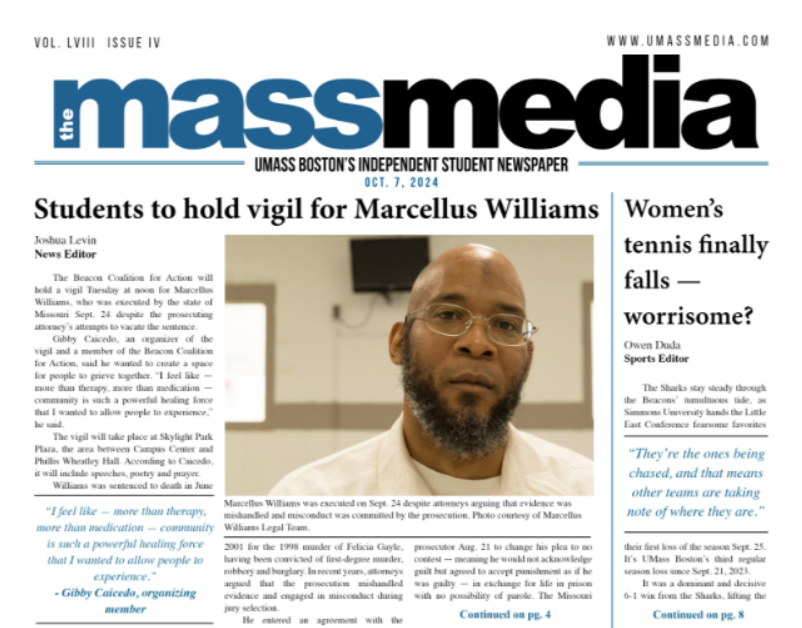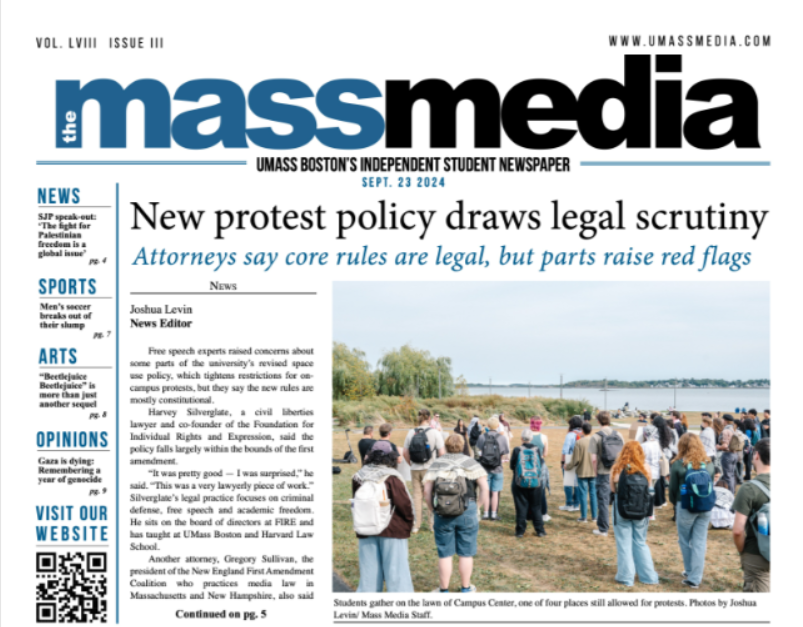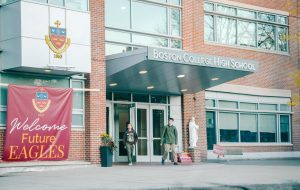Tightrope of the Immigrant Experience
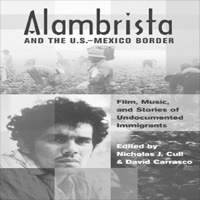
May 16, 2005
BY JOE BUCKLEYContributing Writer
A great deal of attention has been focused on the Minutemen, a volunteer border patrol of heavily armed and angry Caucasian men who recently staged a month long “vigil” at the Mexican border to stem the tide of prospective janitors, nannies, and dishwashers whom they take to be a deadly threat to our nation. The UMass Boston community recently had an opportunity to see the issue of informal immigration from a different perspective.
On Wednesday, May 4, 2005 the Latin American Studies program and Casa Latina held a presentation that centered around the release of the DVD/book package Alambristra and the U.S.-Mexico Border at the UMass Campus Center. The event, hosted and moderated by Professor Luis Aponte-Pares, centered around Alambristra as a movie and a book that examines the stories of undocumented immigrants from Mexico. The movie is a new director’s cut of an award-winning film that was first released in the late 1970s. Accompanying the DVD is a book that chronicles the story.
The film Alambristra (“tightrope” in Spanish) provided its audience with a heartfelt view of the lives of undocumented Mexican workers. By chronicling the hardship and small victories of this particular immigrant experience, it provides the audience with a touching story. Alambrista is a very human portrayal of a young man who is taking actions that any honorable man acquainted with the struggle of supporting a family can readily understand. By documenting the back-breaking work and exploitive conditions that the young father encounters, the film provides viewers with a glimpse of a world that is for the most part ignored. The heartfelt kindness of the people he encounters is a reminder of America’s finest tradition of helping those less fortunate. The film’s beauty stemmed from its graceful and respectful portrayal of the lives of immigrants who are for the most part marginalized to the point of being invisible. The film’s respectful portrayal of both the illegal aliens and the American underclass was done with care.
The book that is included with the DVD attempts to address the historical facts that surround the film. It includes a number of interviews that portray various aspects of the people who migrate. This section includes the story of a complete family that worked together on the farms and the women who cross the border in search of a better life. This book attempts to place the long, complicated history between Mexico and the United States in a different context.
After the film was shown a panel discussion took place. The panel was made up of Professor David Carrasco of Harvard Divinity School, Elena Leotona, the executive director of Centro Presente, and Felipe Vaquerano, a CPCS student.
After some opening observations by Aponte-Pares, Carrasco provided many interesting details about the film’s history. It was directed by Robert Young, a highly respected filmmaker who also made Nothing But a Man. The re-release was made possible by a 250,000 grant from the Ford Foundation. In order to provide an accurate portrayal of informal immigrant life, the director’s cut edition of the film was created with the input of two large farm-worker communities.
This led to a lively exchange of ideas and views on the issue of undocumented workers. Leotona said that, “If we did not live in a policy framework that created this situation we would not be facing this problem.” She went on to say that laws need to be respected, but in some cases they are outdated and are in need of change. She noted that laws are not always moral, using the fact that slavery was once legal as an example.
One of the panel members was uniquely qualified to speak about the topic of informal immigration. Felipe, who at one point in his life was a so-called illegal alien, came to America 18 years ago to escape the political violence and poverty that was endemic in his homeland. He said that the film portrayed, “what we go through when we cross the border. I could see myself…my children don’t know what we went through to get where we are.”
Aponte-Pares spoke about the rich history that is contained in the stories of immigrants. He noted there is a real need for a safe space for the immigrant communities to share their stories. “The stories will be lost if they are not chronicled.”
American Studies Professor Shirley Tang said, “We need to document the role that informal immigration played in building this country.” Many of the event’s participants expressed the hope that as Boston’s public university, UMass Boston could set aside a space for a safe environment where legal and illegal immigrants could share their life stories. These stories are invaluable historical records and as such deserve to be protected.
The panel members and much of the audience expressed concern about groups like the Minutemen and politicians who try to dehumanize both formal and informal immigrants. There was a general consensus among the panelists and audience that the best way to clear up the misunderstanding is to learn more about our own background, and that the vast majority of Americans belong to families that were at one time immigrants. By honoring our own family history we can gain an appreciation of other’s. There seemed to be a common recognition among the attendees that whether we are formal or informal immigrants or life-long Americans, our stories shaped by a love of the principals that this nation was founded upon. As one audience member put it, “They are all American stories.”

